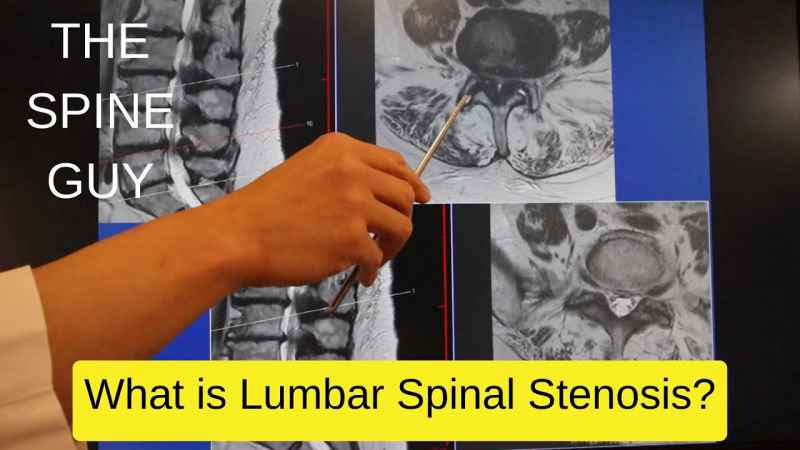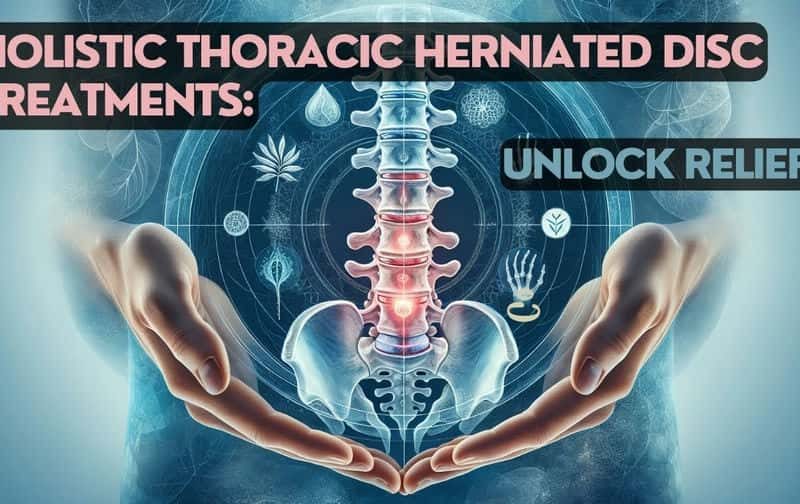Living with Spinal Stenosis is one of the hardest things to bear as our whole body structures are completely based on it. You don’t really know how such a painful period to live with spinal pain until you won’t go through it which needs to be cured.
Table of Contents
Living with Spinal Stenosis – Complete Detail About It:
There are 33 separate bones in the spine that house the spinal cord, the muscular bundle that is basically connects nerves throughout the body to the brain. Spines protect this vital network of nerves, but they also provide flexibility and support to the rib cage.
There is a spinal canal within the spine that surrounds the spinal cord. The canal in the spine might have narrowed in older people with conditions such as osteoarthritis or injuries to the spine. This kind of pain condition is called spinal stenosis.
What Causes Spinal Stenosis?
The spinal canal is narrowed by stenosis, which causes painful pressure on nerves in the area and this kind of condition most probably happens in the neck or lower back. In spite of this, spinal stenosis can be caused by many factors-from naturally narrow spinal canals to spinal injuries and even normal wear and tear.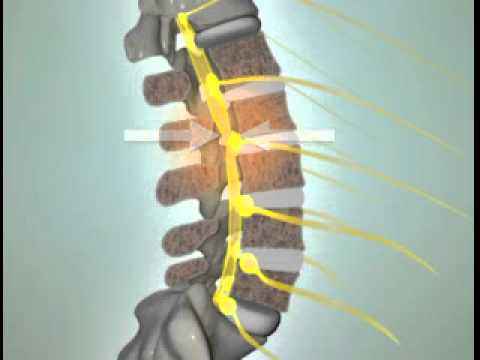
These are the most common causes of spinal stenosis:
Herniated Discs: Discs in the spinal canal can pinch if some of the gel that lies between vertebrae seeps out through degeneration and the discs between the vertebrae deteriorate.
Bone Spurs: When spinal bones get damaged it usually builds bone spurs and these spurs often affect on the spinal nerves if we don’t treat them timely.
Cancerous growths: Cancer is an uncommon cause that can be possible to appear within the spinal column that usually can make a narrowing of the spinal canal.
Spinal injuries: An injury that usually fractures or presses on the spinal cord, in most cases it might be not a bone shrinks canal, it might be the inflammation from the injury.
Thickened ligaments: Adding mass to spinal ligaments may compress the spinal canal since these hard tissues hold the bones together.
Congenital defects: As people age, some people develop spinal stenosis due to narrow spinal canals.
Scoliosis: The spinal nerve may be compressed by an abnormal curvature of the spine.
Diagnosing Spinal Stenosis
If you have spinal stenosis, you will notice some telltale signs. See a physician as soon as possible if you experience any of these symptoms.
- An extremity may feel numb or tingly.
- A limb may become weak
- as well as having trouble walking or standing up
- or having pain in the neck or back
- problems with your bowels or bladder
- leg pain that goes away when you sit.
You may need to undergo an x-ray, MRI, or CT scan if your doctor suspects that you have spinal stenosis. In addition to detecting bone spurs, herniated discs, and tumors in an imaging test, more advanced techniques can pinpoint the exact location of spinal stenosis.
There is no need to be worried about spinal stenosis at first if your doctor confirms the diagnosis. The condition is often self-resolving or does not require significant lifestyle adjustments.
It would be good to learn how to maintain the best posture when working at a desk in order to minimize strain on the spinal cord. To slow the progression of this condition, you must also learn to be more active throughout the day.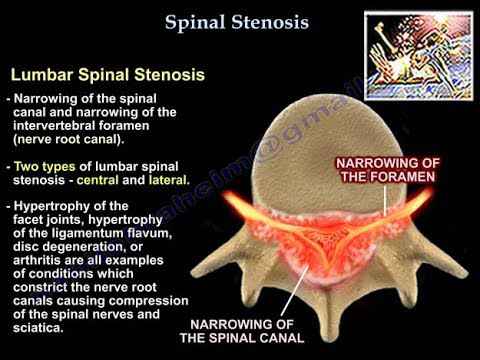
Treatment:
Spinal stenosis can be treated in many ways, but the right treatment depends on a number of factors, including the cause and its progression. The following therapies should be discussed with your doctor before you use them since some might aggravate your condition.
Physical therapy: In order to relieve back and neck pain, most people limit their activities; however, this can aggravate pain symptoms by weakening back muscles. Physical therapy may be recommended by your physician to help you keep your back muscles strong and flexible. Your back muscles should be strengthened, your balance improved, and your flexibility enhanced.
Steroid injections: The use of steroids may ease symptoms of swelling of nerves or surrounding tissue. The problem with steroids is that they weaken bones and tissues, so you cannot take them frequently.
Decompression: Decompression therapy may be beneficial in treating patients with thickened spinal ligaments in the lower back. In this therapy, the problematic ligament is removed through a needle instrument.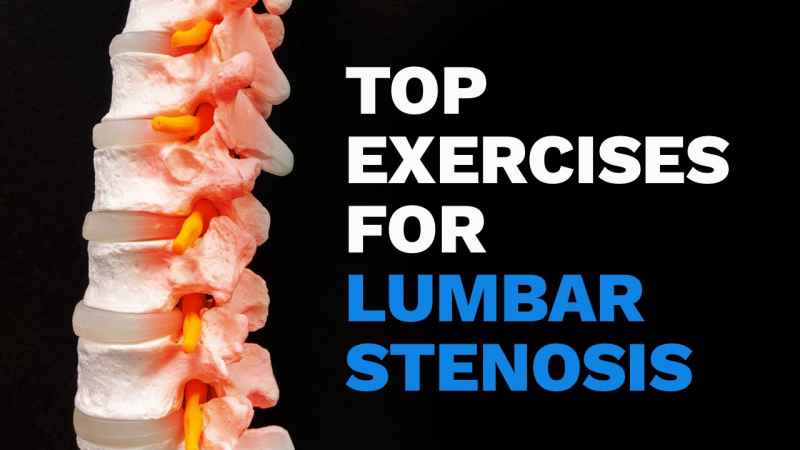
Medications: Spinal stenosis can be treated with a variety of drugs, including opioids, NSAIDs, antidepressants, and seizure medications. By reducing inflammation and pain, they do not treat the underlying health condition.
Discectomy: As a result of a bulging disc, spinal stenosis may require the use of a discectomy procedure in order to remove a section of the disc that is pinching a nerve. An arthroscopic approach with minimal incisions can be used for this procedure most of the time.
Laminectomy: The spinal canal is made more spacious by removing some of the bone encasing it. It may be necessary to stabilize vertebrae using bone grafts or metal rods.
Laminoplasty: Spinal stenosis in the neck is treated with a laminoplasty. This procedure involves cutting some bones vertically but not removing them. To augment the space available for the spinal canal, metal bridges are attached to the vertebral dissections. This does not compromise neck stability significantly.
Minimally invasive surgery: One of the surgeon’s tasks may involve removing a small piece of bone with high-precision instruments. Maintaining an intact spinal column, not only will it speed up the recovery process following surgery, but will also limit risks like inflammation and bone loss.
Spinal fusion: A fused joint reduces pain by fusing two or three bones together. During the fusion, spacers are inserted between the vertebrae, and minimally invasive techniques are used. Bone grafting or metal bracers would be needed for a more involved fusion procedure.
